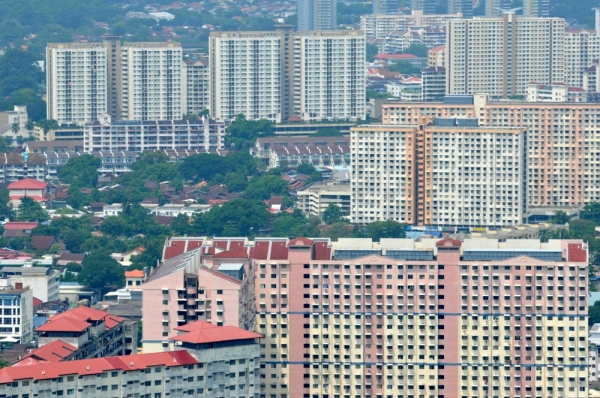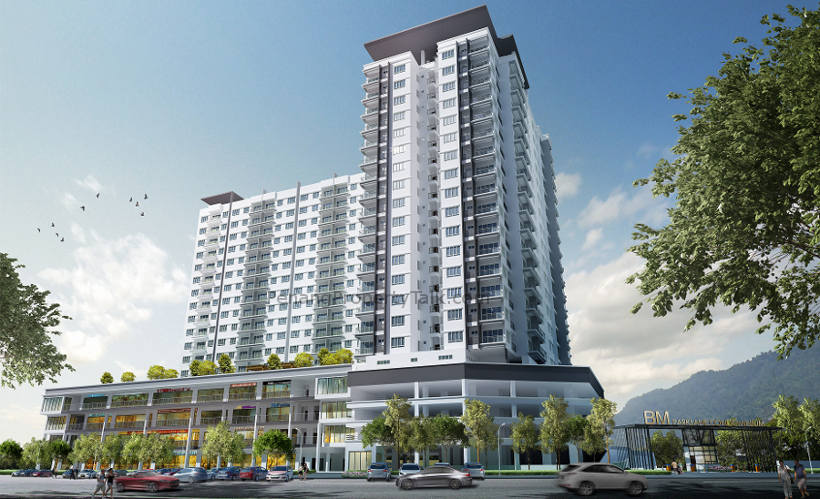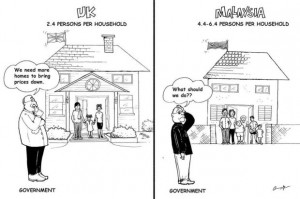Quality of affordable houses still not up to the mark
 The quality of affordable houses in the country is still not up to standard, said the Construction Industry Development Board (CIDB) Malaysia.
The quality of affordable houses in the country is still not up to standard, said the Construction Industry Development Board (CIDB) Malaysia.
Development Sector Senior General Manager Ahmad ‘Asri Abdul Hamid said of the 700 projects assessed to date by the CIDB under the Quality Assessment System in Construction (Qlassic), the majority were medium and medium high cost housing undertakings.
“Based on the assessment, the developers involved in this segment are the ones approaching us, and not those charged with affordable housing,” he told reporters after media workshop on Qlassic today.
He said that the agency is also in talks with the 1Malaysia People’s Housing Scheme (Pr1ma) to evaluate the affordable housing projects.
“It is still at a discussion stage,” he said.
Ahmad also said the 237 projects evaluated for just this year were mostly residential projects as compared to non-residential, public amenities, among others.
“Most are residential due to market demand and for the Malaysian standard, a unit that is rated above 70% is considered all right.Anything below this, needs to be improved,” he added.
He noted that 30% of projects evaluated so far had scored below 70%.
Meanwhile, Ahmad said the Qlassic assessment evaluates the quality of a project and the requirements of structural, architectural works, mechanical and electrical aspects. This is alongside the external works.
“For example, the design of building need to be standardised, regardless of whether it is a low, medium or high cost house,” he added.
He also urged house buyers to understand the standards for housing and specification.
“They should immediately inform the developer for any rectification when the house is complete.
“People have the culture of acceptance and ignore defects found in the house. They should instead file a complain with the developer and rectify defects, as it will save them the cost of repairs in future.
“This should be done before the keys are handed over,” Ahmad said. – Bernama
Source: The Sun Daily




 Bank Negara is expected to keep the Overnight Policy Rate (OPR) unchanged at 3.25% in light of the risks and uncertainties surrounding the global economy.
Bank Negara is expected to keep the Overnight Policy Rate (OPR) unchanged at 3.25% in light of the risks and uncertainties surrounding the global economy.